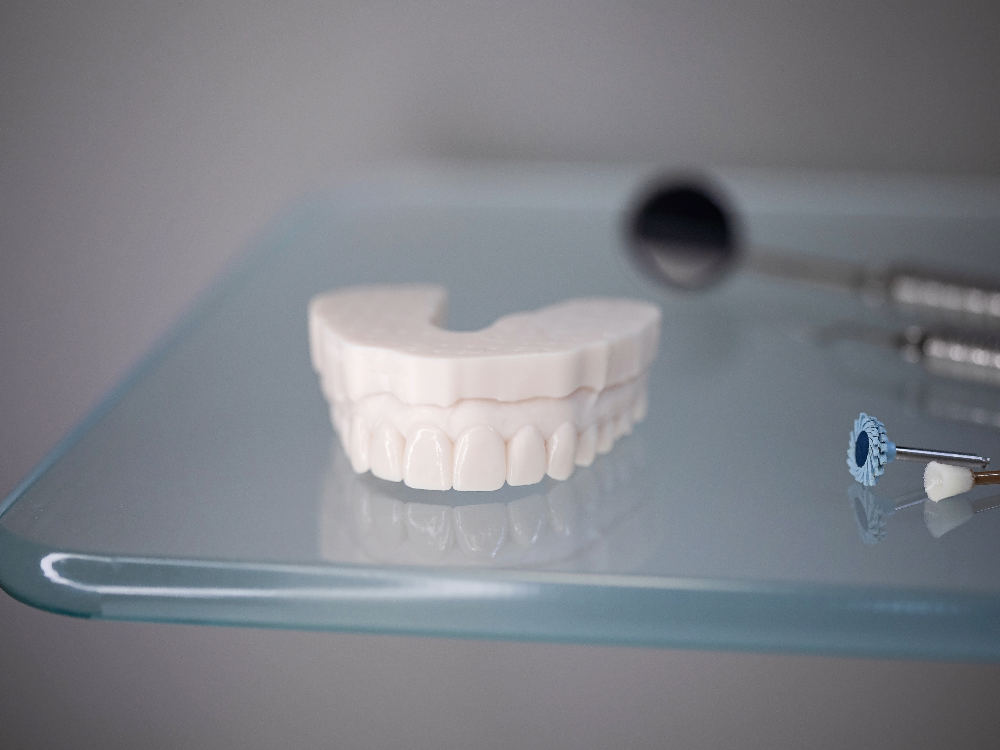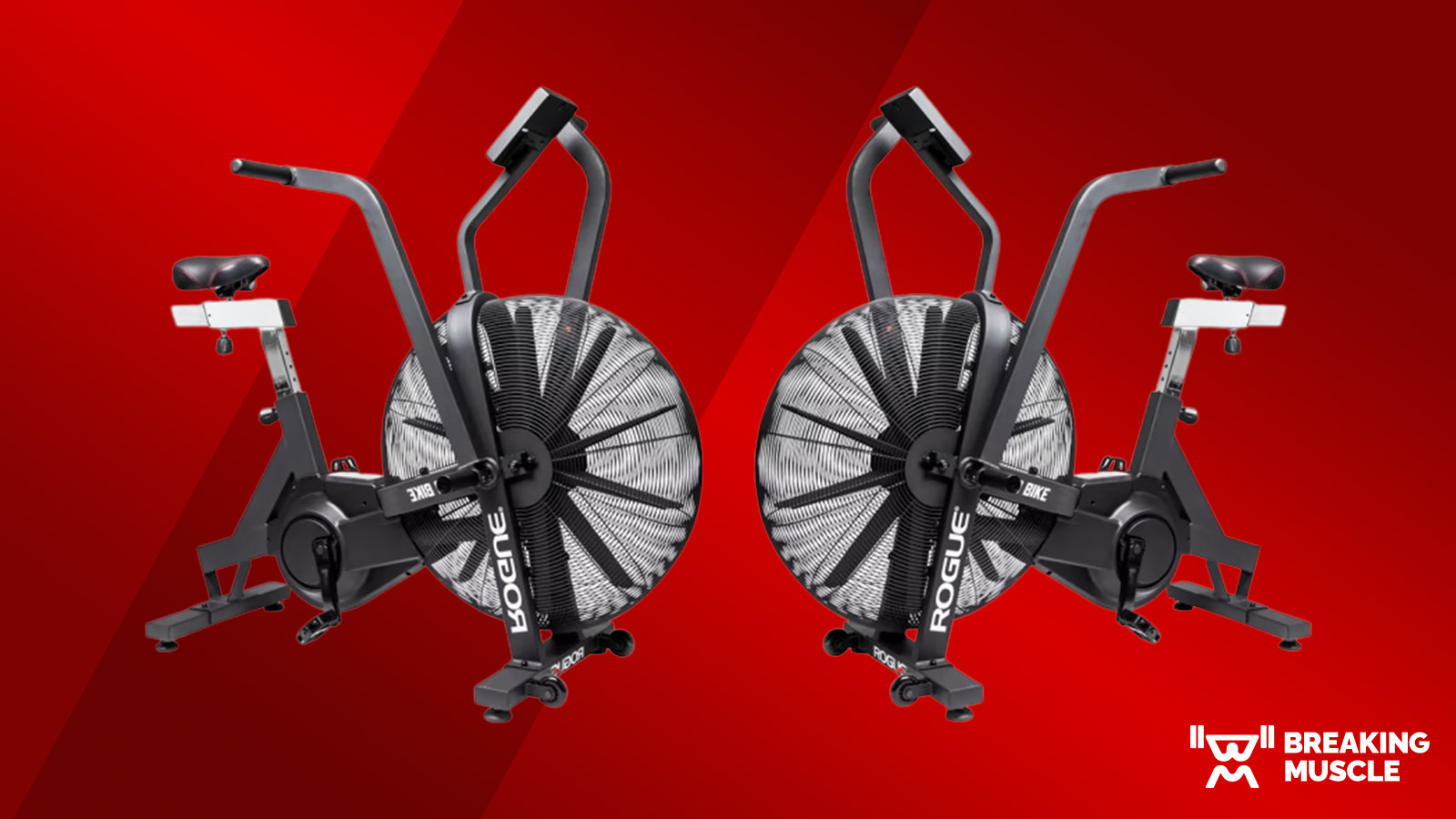
If you’ve ever had serious dental work, you know there’s a lot that goes on behind the scenes to transform a smile. Each step takes you from your starting smile to designing, modeling, testing and finally creating new teeth.
It’s no surprise that this whole process can take quite a bit of time. Much of this can be attributed to the lag on the front-end, waiting for the modeled versions of your new smile.
These days, revolutionary 3D printing technology has made its way to your dentist’s office, and exponentially sped up the process. We spoke with Cranberry Township, PA cosmetic dentists Drs. Brian Klaich and Robert Klaich to learn everything there is to know about digital mockups and how they can improve patient experience.
Why are Dental Mockups Necessary?
When you’re ready to transform your smile, both you and your dentist need to have an idea of what that transformation is going to look like. That’s where mockups come in.
“Mockups are an incredibly important part of our smile makeover process,” Dr. Brian Klaich explains. “The primary purpose of a mockup is to provide our patients with a three-dimensional look at the smile design they select on an actual model of their teeth.”
A mockup is essentially a smile simulation or a test smile. It helps demonstrate what kind of changes are possible for your teeth and what those changes will look like.
“We start by identifying what our patient wants to change about their smile,” Dr. Robert Klaich explains. “Then we look together at examples of various smiles and tooth shapes to find out their preferences. The mockup provides us with a tangible model of how those preferences and shapes will fit into their smile.”
Mockups also play a critical role in the creation of the temporary models you can physically try out before permanent veneers.
“Perhaps one of the greatest advantages of using a mockup is that we use a mold of this model to make their temporary veneers,” Dr. Robert Klaich says.
What’s the Old Way?
Mockups have previously been a slow process.
“Traditionally, mockups were made by using wax to form the desired tooth shapes on a stone model.” Dr. Brian Klaich explains. “This is why they have been also commonly referred to as ‘waxups’ for many years.”
This method relies on a physical mold of the patient’s teeth to build off, ensuring that the new teeth are fully customized.
“Previously, the dentist would take an impression of the patient’s mouth using a gel-filled tray,” Dr. Brian Klaich says. “Within a few minutes, the impression would set and be removed from the patient’s mouth.”
The next step would be to create a stone model using the gel impression, which is then sent out to a dental laboratory to create wax models of your new teeth.
“Based on the design requests of the dentist, a laboratory technician would use technical and artistic talents to create the desired shapes for the teeth using warmed wax,” Dr. Robert Klaich explains.
Because we’re talking about handcrafted, bespoke teeth that are created by specialty technicians outside of your dentist’s office, that process usually takes a few weeks. Using this method, you leave your dentist after the gel impression is taken and come back for another appointment to view the mockup.
The New Normal
Thanks to technology, digital mockups now take less time to receive back from the lab and the results are just as artisanal.
“While the traditional ‘analog’ methods can still be used, digital workflow has streamlined the process to be more efficient and easier for the patient,” Dr. Robert Klaich says.
That means not sitting for several minutes with a bunch of gel in your mouth.
“Instead of using a gel-filled tray, the dentist can take a digital scanner impression of the teeth without even touching them,” Dr. Brian Klaich explains. “Just waving a camera ‘wand’ around the oral structures for about 2 minutes can produce an incredibly detailed digital representation of the patient’s mouth.”
And patients appreciate it.
“An awesome advantage that comes from using a digital impression is avoiding the gel-filled tray impression,” Dr. Robert Klaich explains. “Patients genuinely appreciate avoiding a tray impression whenever they can, as many have difficulty from a strong gag reflex or claustrophobia that often gets triggered with a non-digital impression.”
There’s also less time between when those scans are taken and when the mockup can actually be created.
“Instead of mailing an impression and model to the laboratory which usually takes a couple of days, the digital scan can be sent anywhere in seconds,” Dr. Brian Klaich says. “From the scan, the lab technician will use their artistry to design the new smile virtually, using software rather than wax. Durable plastic models can be 3D-printed in the office or at the lab.”
This speeds up the process significantly.
“The digital workflow’s greatest advantage is efficiency,” Dr. Brian Klaich says. “It can literally cut the turn-around time in half.”
What’s Next?
3D Printing has some incredible applications, and its uses for dentistry are just beginning to be clear.
According to Dr. Robert Klaich, 3D printing can be used to print models of patient’s teeth as well as the designed mockups. You can even print dentures and temporary crowns. “Printing is faster than pouring stone models,” Dr. Klaich explains. “They’re also extremely accurate and the models themselves have a ‘neater’ appearance than stone models.”
Dental offices and laboratories have a lot to gain from adopting 3D printing.
“Using digital methods create less mess to clean up for the office and the lab,” Dr. Brian Klaich says. “You can also reprint the digital file at any time, in case something breaks or is lost.”
Speeding up the process of a new smile is definitely a win, and the technology of 3D printing in dentistry is continuing to advance. The takeaway? You can expect your trips to the dentist and your smile transformations to be easier and faster than ever before.






